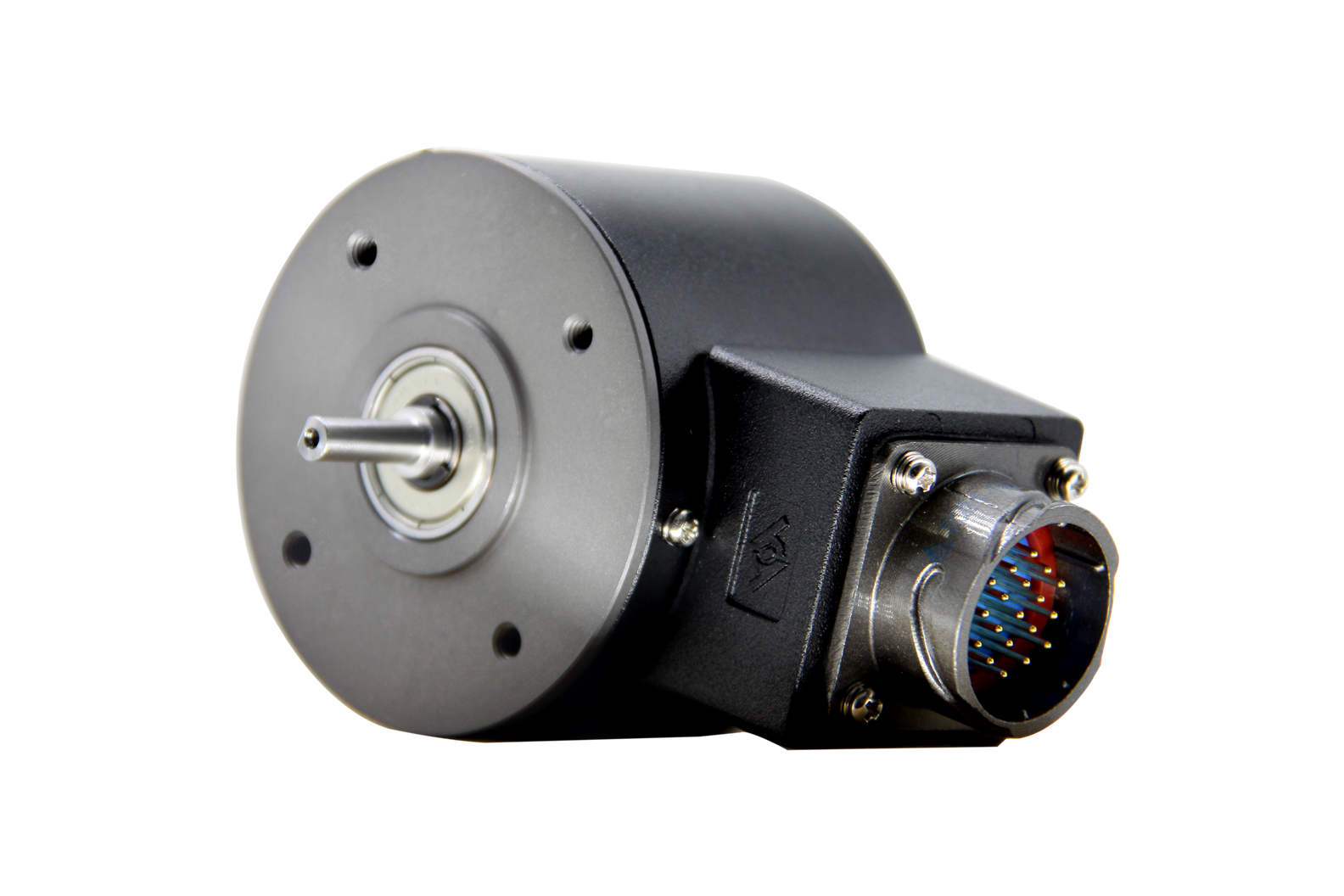Hand in hand to discuss how the system is connected in series with the microphone?
In the modern society, the rapid development of science and technology has promoted the continuous exchange of various meetings. Various types of hand-in-hand microphones are used in many large, small, and round-table meetings to make meetings more efficient.
The hand-in-hand conference system adopts the method of connecting the microphones in series at the beginning and the end, that is, after the first microphone is connected to the conference host, a wire is taken from the first microphone to connect the second microphone, and then a wire is connected from the second microphone. To the third microphone, dozens of serials in turn, hence the name hand-in-hand conference system; all microphones are powered by phantom power. The traditional hand-held conference system consists of conference host, chairman unit, delegate unit, conference camera, and audio system. However, with the development of image processing technology, matrix switchers, large-screen processors, and conference control systems have gradually joined the traditional hand-in-hand. The conference system constitutes a new hand-in-hand conference system.
The traditional conference system generally uses a wired microphone or a wireless microphone, and is equipped with a professional conference amplifier and a conference speaker to complete the conference sounding task. When there are many people who need to speak at the same time, the microphone is often transmitted. If you want more than one person to speak, you must have a few more microphones. In the circuit structure, the microphone of the traditional conference system is a radial connection, that is, the microphone line starts from the mixer, and several microphones are connected to the microphone at the end. When the radial structure is actually used, since each microphone is connected to the mixer with one line, the lines coming out of the mixer are many and complicated, and it is easy to pull, entangle, knot, and difficult to manage; Relatively troublesome. The advantage of the traditional conference system is that one microphone fails and does not affect other microphones.
The hand-in-hand meeting discussion system generally includes the following devices:
Conference chairperson:
This enables priority speech and forced mute of the delegate machine, which is often used by the moderator or the presenter.
Representative speakers:
It has the functions of applying for a speech, queuing a speech, and listening to a speech.
Conference host:
Accept the instructions of the chairman machine and control the delegate machine.
Peripherals:
Conference audio, amplifier, mixer, frequency shifter, power sequencer, wireless microphone and other auxiliary equipment.
Hand-in-hand conference system uses the way of connecting the microphones in series, that is, after the first microphone is connected to the conference host, a line is taken from the first microphone to connect the second microphone, and then a line is taken from the second microphone. Received a third microphone, serially connected dozens, hand-in-hand conference system named after this; all microphones powered by 48V phantom power. The hand-held conference system's amplifier and speaker section are the same as the traditional conference system, except for the conference microphone and conference host.
The hand-in-hand conference system consists of a conference host (also called a central processing unit), a chairman unit, a representative unit, and a branch connection line. The advantages of the hand-in-hand conference system: the use of serial connection, simple wiring, and mutual control function;
The hand-in-hand conference system generally connects 20-25 microphones, but when more than 20 microphones are all turned on, the microphone volume becomes significantly smaller, so the volume of the mixer should not be pushed up. The more the microphone unit is turned on, the smaller the volume of the microphone will be. The less it will be, the bigger it will be. When it is left, it will be very large. When it is five or six, it will be too big, so it is easy to scream because we cannot control others. usage of. If you don't want so many microphones to turn on at the same time, set them up, 2 can be turned on at the same time or 4 can be turned on at the same time, and the first microphone will be turned off sequentially when the fifth one is turned on. So with the DMJ dual-channel 31-band equalizer, this problem can be solved perfectly.
Rotary encoders are used as sensors for angle,position,speed and acceleration. We can offer incremental encoders and absolute encoders.

Absolute Encoder,Custom Encoder On Motor,Custom Optical Encoders,High Resolution Encoder
Yuheng Optics Co., Ltd.(Changchun) , https://www.yuhengcoder.com